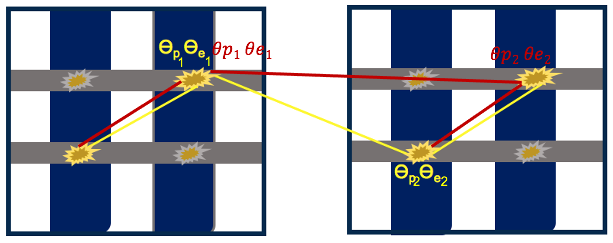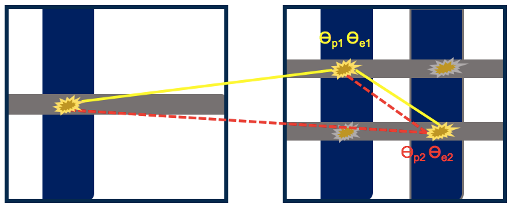I am a Ph.D. candidate at the University of California at Santa Cruz, majoring in Computer Engineering. My research relies on machine learning in medical applications, image processing, sequential data processing, and sensor development.
I conducted research on a medical imaging instrument PET scanner, producing vast amounts of raw data that must be transformed into images for clinicians’ interpretation. This process, known as image reconstruction, can be enhanced and improved with modern computational techniques and machine learning. I utilize state-of-the-art deep learning to enhance the system’s sensitivity and quality of images.
I also advanced the technology of soft tangible devices for tactile interaction in people with ADHD. I developed machine learning methods for extracting cognitive and affective features from touch and demonstrated that the tactile content of fidgeting predicts cognitive and affective states for individuals with ADHD.
A deep learning approach to correctly identify the sequence of coincidences in cross-strip CZT detectors
Intra-detector scatters (IRS) and Inter-detector scatters (IDS) are events that often happen in positron emission tomography (PET) due to the Compton scattering of an annihilation photon inside one detector block and also from one detector block to another. One challenge in PET systems based on Cadmium zinc telluride (CZT) detectors is the high mass attenuation coefficient for Compton scattering at 511 keV that causes a considerable fraction of Multiple Interaction Photon Events (MIPEs). Besides, in a cross-strip CZT detector, there is more ambiguity in pairing the anode with its corresponding cathode in MIPEs in IRS. This study utilizes state-of-the-art deep learning to identify target sequences in cross-strip CZT detectors correctly. It is promising to improve the system's sensitivity by identifying true line-of-responses (LOR)s out of different possible LORs from IRS events, IDS events, and Intra-detector ambiguity usually discarded.
Speech impediment affecting children with hearing difficulties and speech disorders requires speech therapy and much practice to overcome. To motivate the children to practicemore, serious games can be used because children are moreinclined to play games. In this paper, we have designed and implemented a serious game in which children can learn tospeak specific words that they are expected to know beforethe age of 7. The game consists of an avatar controlled by thechild through speech, with the objective of moving the avatararound the environment to earn coins. The avatar is controlledby voice commands such as Jump, Ahead, Back, Left, Right.Children will be guided by an arrow during the game insteadof a getting help from a therapist or a teacher to guide thechild to the next coin. This allows the child to practice longerhours, compared to clinical approaches under the supervisionof a therapist, which are time-limited.


